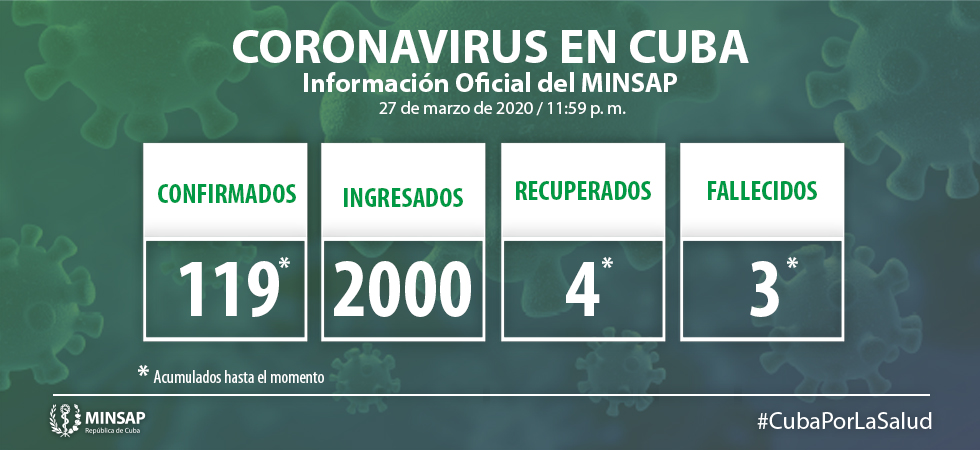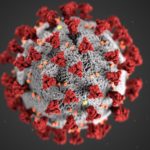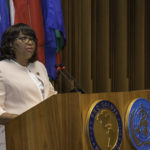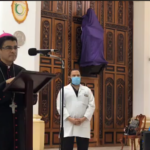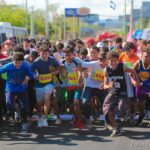Cuba’s Ministry for Public Health reported 39 new cases of COVID19. One of these cases is a woman who arrived on the Island from Nicaragua on March 16.
Cubana contrajo el Coronavirus en Nicaragua.
Ciudadana cubana de 54 años de edad, residente en el municipio Santa Clara dio positivo del Coronavirus diez días después de haber viajado desde #Managua, confirmó el ministro de Salud de Cuba.#Nicaragua #COVID19 #Cuba pic.twitter.com/JmPy0fZt7A— Trinchera de la Noticia (@LaTrincheraNic) March 28, 2020
Vice President Rosario Murillo reported Nicaragua’s first COVID19 case on March 18. The patient was described as a 40-year-old Nicaraguan male, who flew in from Panama City on March 15.
Since then, the government’s official line has been that there are no homegrown cases of COVID19 in Nicaragua. All four reported cases thus far have been “imported.” Murillo repeated this information in today’s address
According to Murillo, the fourteen individuals under surveillance received a physical exam, which helped determine that they needed closer follow up. “No other tests have been performed, since the cases do not warrant it,” added the vice president.
Dr. Tedros Adhanom Ghebreyesus, director general of the WHO, has reiterated the need for a “comprehensive approach” in their response to COVID 19. This includes testing and isolating all suspected cases. “You cannot fight a fire blindfolded, and we cannot stop this pandemic if we don’t know who is infected. We have a simple message for all countries: Test, test, test.”
The WHO has no say on domestic policy, so it is up to each individual state to establish the protocols to be followed in the response to COVID 19, according to Article 2, paragraph 4 of the International Health Regulations of 2005 (IHR). However, the IHR also indicates that states “shall assess events […] which may constitute a public health emergency of international concern” and “notify” the WHO within 24-hours of assessment. Ongoing communication is to be maintained, by providing “accurate and sufficiently detailed public health information available […] where possible, including case definitions, laboratory results, source and type of risk, number of cases and deaths, conditions affecting the spread of the disease and the health measures employed” (Article 6).
The viability of the WHO reporting and monitoring system, following the IHR, very much depends on the willing cooperation of member states. In fact, should non-governmental sources contact the organization to report public health threats in any country, the WHO requests verification from the state, rather than seek it from independent entities or engage their own resources to investigate claims (see articles 9 and 10 of the IHR).
Official case reports from Nicaragua indicate the country only has four confirmed cases to date. One patient died on March 26.
Yet, in light of the Cuban announcement, it is more than likely that Nicaraguan authorities are underreporting the extent of COVID-19 contagion in the country. MINSA authorities have been very tight lipped about basic information, including testing numbers, though MINSA’s Secretary General Carlos Sáenz indicated that they have tested around 200 people. Sáenz also dismissed suspicions of underreporting.
When they say, “there’s more cases”, people can say anything, but we, who are monitoring the situation […], we can’t hide the data.
President Daniel Ortega has yet to address the Nicaraguan people about COVID19. His last public appearance was on March 12, when he participated in a virtual meeting to discuss COVID19.
Ortega’s last press conference was on January 10, 2007, 4,826 days ago.
